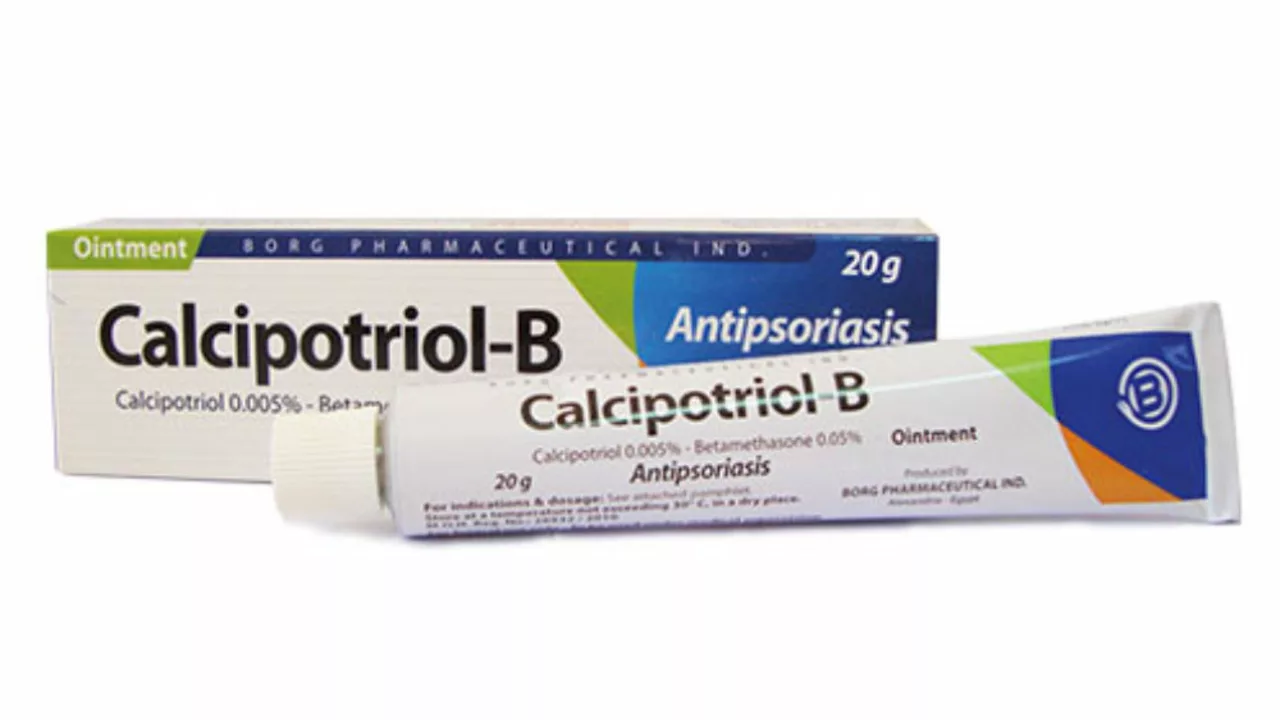Psoriatic Arthritis — Symptoms, Diagnosis & Practical Treatment Tips
If your skin flares and your joints ache, they might be connected. Psoriatic arthritis (PsA) is a joint condition that often shows up in people who have psoriasis. Left untreated, it can damage joints and make everyday tasks painful. The good news: early diagnosis and the right plan can slow or stop damage and make life easier.
How to spot psoriatic arthritis early
Watch for joint pain that comes with psoriasis patches on the skin or nails. PsA can cause stiffness, swelling, and a feeling of warmth in affected joints — often the fingers, toes, knees, or lower back. Morning stiffness that improves with movement is a common clue. If one finger or toe swells and looks like a sausage, that’s called dactylitis and points strongly to PsA. Nail changes like pitting, separation from the nail bed, or thickening also raise suspicion.
Symptoms may be mild at first and come and go. That makes it easy to ignore, but even mild symptoms deserve a check. If joint pain limits daily activities or lasts more than a few weeks, see a doctor. A rheumatologist specializes in arthritis and can assess your risk and start testing quickly.
Treatment and everyday steps that help
Diagnosis usually involves a physical exam, blood tests to rule out other arthritis types, and X-rays or MRI to check joint damage. No single test confirms PsA, so doctors use a combination of signs, imaging, and medical history.
Treatment aims to control pain, reduce inflammation, and prevent joint damage. Over-the-counter pain relievers and NSAIDs can help short-term. For more active disease, doctors prescribe disease-modifying drugs (DMARDs) like methotrexate, or targeted biologic medicines that block specific immune pathways. Biologics have changed outcomes for many people but require monitoring for infections and side effects.
Beyond medication, lifestyle steps matter. Keep a healthy weight to reduce stress on joints, and stay active with low-impact exercise like walking, swimming, or cycling. Gentle stretching and strength training protect joints and improve function. Physical therapy can offer tailored exercises and practical advice for daily tasks.
Protect your skin too. Treating psoriasis can lower the chance of joint problems worsening. Moisturize, avoid known triggers, and follow your dermatologist’s plan. If you’re starting biologics or some DMARDs, your doctor may recommend vaccines and screening tests first.
You don’t have to manage PsA alone. Join a support group, talk openly with your healthcare team, and track symptoms in a simple journal to spot patterns. Early action and consistent care give the best shot at keeping joints strong and life active.

Calcipotriol and Psoriatic Arthritis: What You Need to Know
Jun 18, 2023, Posted by Mike Clayton
As someone who has been researching psoriatic arthritis treatments, I recently came across a promising medication called Calcipotriol. This vitamin D derivative is primarily used to treat the skin symptoms of psoriasis, but it has also shown potential in improving joint pain and inflammation. It's available in various forms, such as creams, ointments, and scalp solutions, making it a versatile option for many patients. While it may not be as potent as other medications for severe cases of psoriatic arthritis, Calcipotriol could be a great addition to your treatment plan. Of course, it's important to consult your healthcare provider before trying any new treatments.
MORESEARCH HERE
Categories
TAGS
- treatment
- online pharmacy
- dietary supplement
- side effects
- health
- dietary supplements
- health benefits
- online pharmacy Australia
- medication adherence
- medication safety
- thyroid disorders
- treatment option
- calcipotriol
- blood pressure
- erectile dysfunction
- closer look
- optimal health
- sexual health
- bacterial infections
- nutrition
